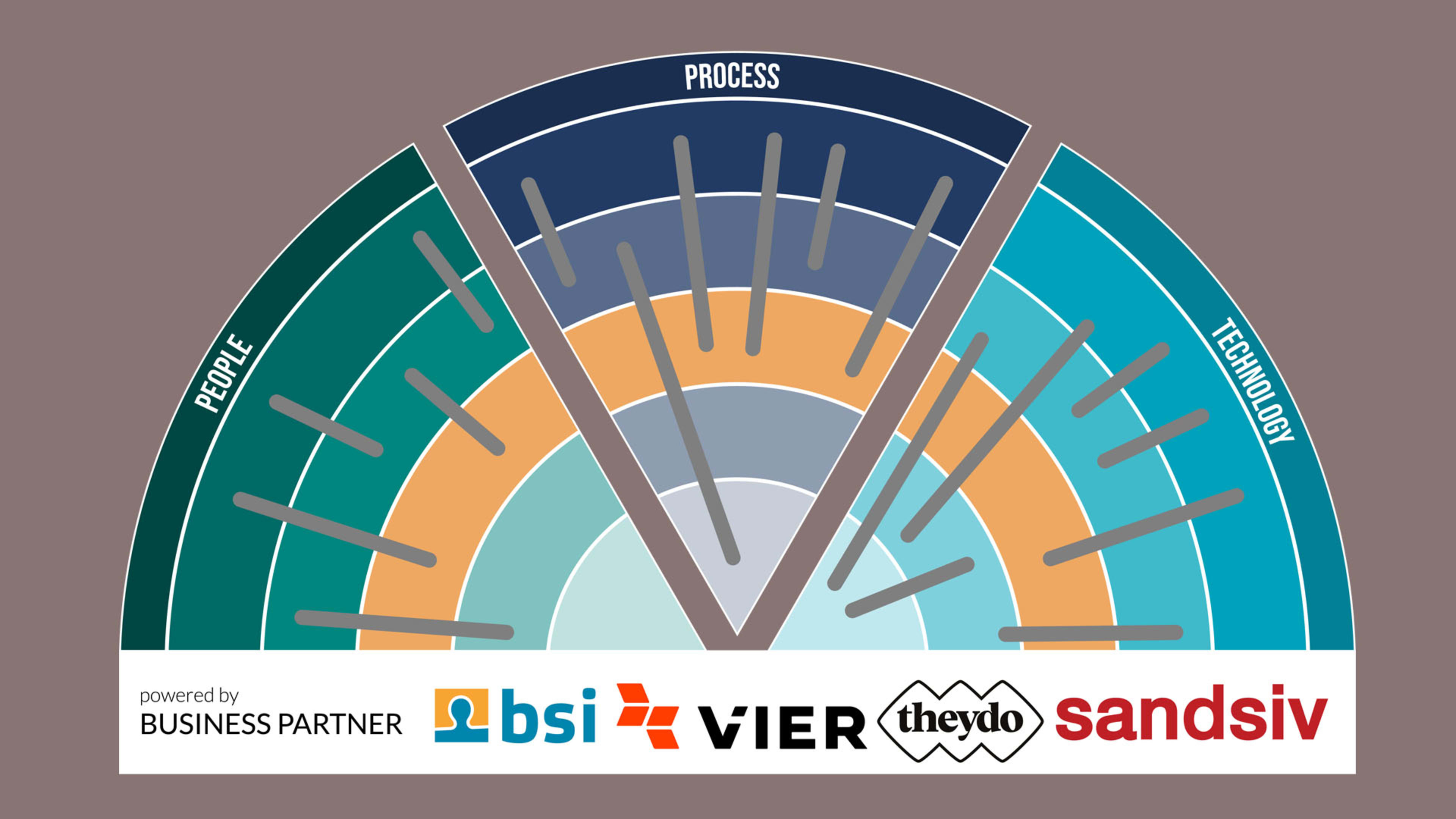
CX: Securing profit margins and cost efficiency – but how?
Last updated: 11.02.2025 09:00
The latest CEX Trendradar reveals a great deal of enthusiasm and commitment with regard to customer experience management – but the integration of systems and processes has so far been implemented far too little strategically and consistently. Terms such as hyper-personalization also raise expectations that are far from being fulfilled – this is marketing bullshit, according to the authors.
In 2025, global crises and a weakening German economy will continue to be a dominant theme and a constant companion. The current CEX Trend Radar shows that many companies are focusing on securing profit margins and cost efficiency in this situation. But how can this be achieved?
Companies are not yet working across divisions
"The interaction of data, customer analytics and marketing automation systems is moving from the experimental stage into a new, productive phase," explains Prof. Dr. Nils Hafner, who developed the CEX Trendradar together with marketing results expert Harald Henn. According to the authors, companies will have to pay particular attention to customer journey management in 2025. Many organizations also operate in isolation and are not designed for cross-divisional work. In practice, a lack of networking leads to breaks, inconsistencies and errors in orders or inquiries. CX must therefore be the connective tissue that networks the organization and aligns it with the customer.
Hyper-personalization? Sorry, that's marketing bullshit!
The increasing focus of companies on AI-supported personalization in marketing and sales was already apparent in 2024. Many pilot projects were driven by the rapid implementation and high expectations of the success of personalized campaigns. In the meantime, the interplay between customer data platforms, GenAI and marketing automation systems is actually starting to bear fruit. The vision of 1:1 marketing can now be put into practice for the first time. However, according to the authors, the self-image of companies and the expectations of customers are quite far apart. In order to actually meet customer needs, companies need to listen to their customers better. This means: in order to recognize the customer's goals and intentions and to understand the context from which a customer is currently acting – customer intent management – analyses and a prediction of customer behaviour (predictive analytics) are necessary. And here, according to the authors, simply too little has happened so far. Writing about terms such as "hyper-personalization" in this context and raising expectations that are currently hardly achievable belongs in the realm of "marketing bullshit". According to the authors, Voice of the Customer programs and initiatives are sprouting up like mushrooms, but the question is whether and what companies are effectively learning from them. Simply collecting data and implementing the NPS as a control parameter therefore leads to a dead end.
KPI as a goal and not a means to an end? Quite wrong!
According to the authors, this is especially true if the average value of the customer rating is used as the basis for any kind of variable remuneration. If a KPI is the goal and no longer a means to an end, something is wrong. And whenever a KPI is used to make decisions, people find ways to circumvent the system and manipulate the KPI. This renders it useless as a guide.
Strong boost from conversational automation and AI chatbots
But there are also positive things to report: In CX technology, the use of data for analysis, especially filtering out customer intents and attitudes from unstructured data, predicting customer behavior and linking data and content and with marketing automation systems, is slowly reaching the productive zone. Major advances in AI-supported voice systems and conversational automation will lead to a strong boost in productive implementation. Exciting flagship projects also show what is possible: energy supplier EnBW, for example, uses an automatic, AI-based call summary with VIER Copilot, which records the request, processing and result of each individual contact and saves it with the contact. This not only reduces the workload for agents – the quality of the call summary increases considerably and massively expands the analysis options.
Key findings
Author:

Susanne Feldt
Corporate Communications
VIER